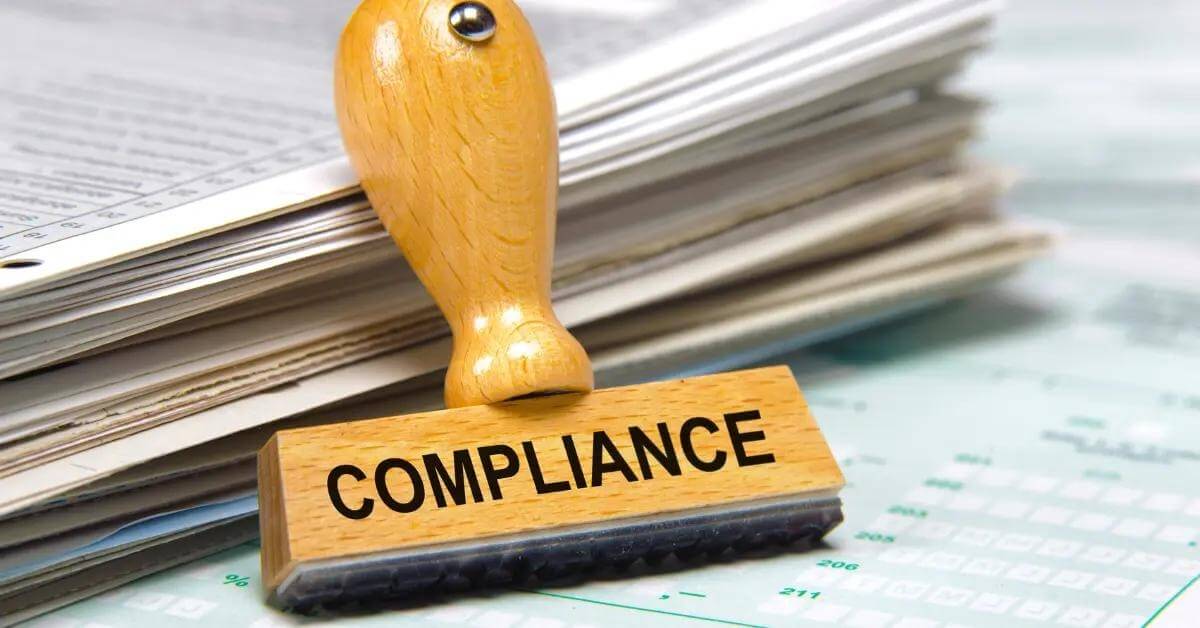You have probably heard of double-entry accounting, but you may not understand how it works or why it matters for your company. Money is moving in and out of your business every day. Did you buy inventory? Pay insurance? Receive payment from a customer? Each of these events has an immediate financial impact.
If you’re in business, good accounting practices are crucial to your success. If you want to grow, it is essential to not only track your transactions but see what impact each has on your company’s bottom line. The accounting process starts with efficient record keeping, and this information must be gathered, sorted, classified, and turned into a set of financial statements that will give you the foundation for a sound financial strategy. That’s where double-entry accounting comes into play.
What Is Double-Entry Accounting?
Double-entry accounting tracks where your money is coming from and where it is going. Every transaction is recorded as two entries, a debit and a credit. Simply put, a debit is money going out of the account, and a credit is money coming in. Here are some facts:

- The debits must equal the credits, which makes the record accurate. For example, if you sell a cup of coffee, your business’s cash account increases, and your inventory account decreases.
- Single-entry accounting affects the income statement.
- Double-entry accounting affects the income statement and the balance sheet, a financial statement that shows a company’s assets, liabilities, and equity at a specific point in time.
- Your bookkeeping ledger should record debits on the left, and credit entries on the right.
- The trial balance shows the account balances, including the total credits and total debits.
- The credit balance should be the same as the debit balance.
Single-entry accounting involves writing down all your business’s transactions, such as expenses and receipts, in a single ledger with one record entry for each. This is not the best fit for many businesses, however, as the system is prone to errors and does not track assets or liabilities or provide an accurate picture of your company’s financial health.
Benefits of Double-Entry Accounting for Debits and Credits
The three primary elements of a balance sheet are assets, liabilities, and equity. Simply put, they mean:
- Assets: What your company possesses
- Liabilities: What your company owes to someone else
- Equity: When you take all of your company’s assets and subtract your company’s liabilities, you get equity
Double-entry bookkeeping has its disadvantages, though. It is a more complex system and requires more time and cost to record transactions, for example, but also creates stronger accounting records and offers multiple benefits:
- It helps catch errors
- It is used by accountants to create all the major financial statements
- It provides a clear, comprehensive way to look at your businesses finances and plan for the future
How Does Double-Entry Accounting Work?
Double-entry accounting means that every debit always has an equal corresponding credit, which keeps the following equation in balance:
Assets = Liabilities + Equity
If this equation is out of balance, then the bookkeeper has made a mistake somewhere along the way in the double-entry system.
Say you spent $2,000 on a computer for your business, for example. If you are using a double-entry accounting system, you will make two entries: debit your cash account $2,000 and credit your assets (the new computer) by $2,000. Thus the equation remains balanced.
The trial balance often detects many mathematical errors in a small business’s debits and credits. Common errors include:
- Omission
This error means that the bookkeeper completely left the transaction off the books and debit entry. - Reversal
For example, an error of reversal means that a transaction that should have been debit shows as a credit. - Principle
Errors of principle happen when someone incorrectly applies an accounting principle. - Commission
This happens when someone enters a transaction to the correct class but the wrong subsidiary ledger, like applying a payment to the wrong invoice. - An error of subsidiary
This means the bookkeeper made an error when entering a transaction. If the business loans out $10,000 but the ledger incorrectly shows $5,000 as a loan and $5,000 as a withdrawal from the business cash account, for example, the error will be in the trial balance. It will show as correct in the asset account.
There are some types of errors that can’t be detected by the trial balance, but an unadjusted trial balance helps you locate errors and maintain the accuracy of the accounts.
Why Work With a Tax Advisor for Debits and Credits?
Running a company is complicated. Many business owners are intimidated by the process of dealing with taxes and business accounting, which are probably the most complex equations. Tax errors can be costly, so many business owners work with a tax advisor to ensure their double-entry accounting is accurate.

It is essential to place your accounting and tax needs in the most capable hands. You should consult tax advisors with all the skills, education, and expertise requirements set out by the IRS and someone who is authorized to represent you before the IRS.
These include:
- Enrolled Agents (EA)
An enrolled agent has either passed a three-part comprehensive IRS test covering individual and business tax returns or qualifies through experience as a former IRS employee. - Certified Public Accountants (CPAs)
These are tax professionals who have successfully passed the CPA Exam and meet the education and experience requirements. - Attorneys
Although all licensed attorneys are qualified to represent clients before the IRS, business owners should consult a skilled attorney with experience in business taxes for professional business tax and accounting help.
Double-entry accounting is strongly recommended for anything more than the simplest, basic business operations. Why? The comprehensive view makes it easier to identify profit and loss. Double-entry also provides essential information for financial statements, which makes financial reporting smoother, gives you a complete view of your finances, and helps you make better financial decisions about the future of your business. It is easier for expert bookkeepers to find errors, identify fraud, and correct problems quickly in accounts payable, too.
Need Tax Help? Contact the Experts.
You need solid accounting practices and experienced advocates to manage your tax situation and keep your business flourishing. At Silver Tax Group, we assess your situation and determine the best approach for your tax needs. To discuss your double-entry accounting questions, or speak with an expert about any other tax-related concerns, call (855) 904-0180 or contact us online today.








